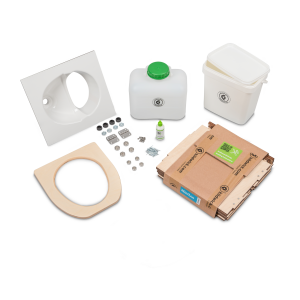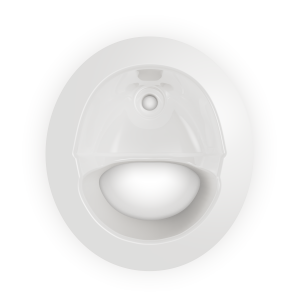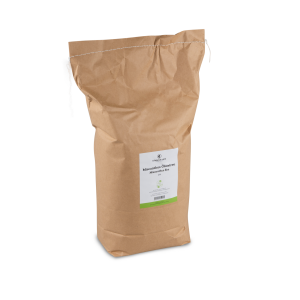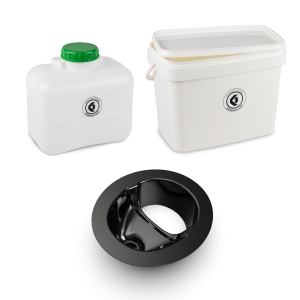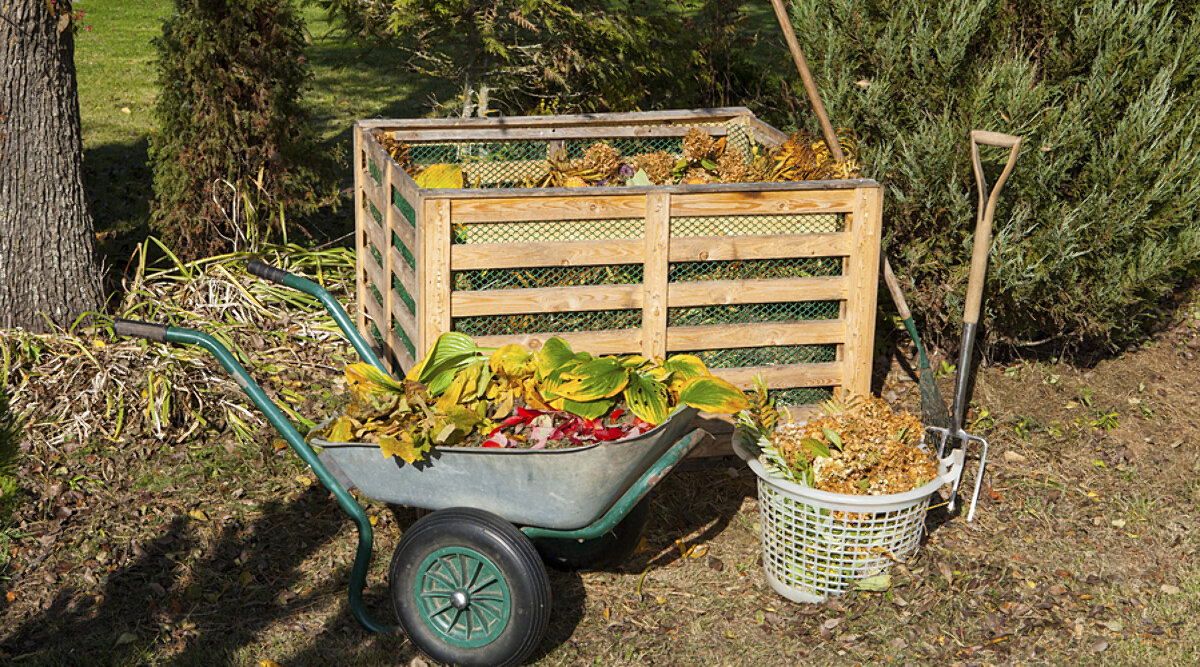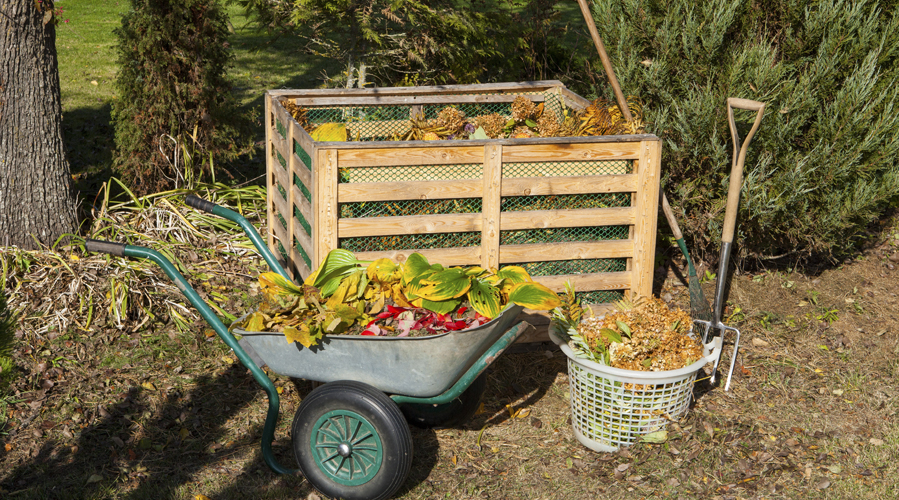
How to create a compost pile correctly
If you have the opportunity to compost, then you should definitely do it. A compost pile isn’t too much work, and furthermore an incredible supplier of great free humus. And that's not all: it protects the environment through less waste, provides an ecosystem for many important creatures and, by the way, binds CO2 from the air. In addition, it lowers trash disposal costs.
Many people refrain from composting in their gardens or allotments, as they are afraid of the odor nuisance from the rotting biomass. Calm down: your nose won’t be disturbed. Even when composting feces from your dry composting toilet, there are no unpleasant odors!
You want to start your own compost pile? Here’s how!
1. The right location
The compost heap should be in the shade or partial shade and in a wind sheltered corner. This location ensures that the biomaterial does not dry out too quickly. If the material to be decomposed is too dry, the decomposition time is considerably longer. You should make sure that solar radiation is possible during winter time so that the sun can warm the compost and its inhabitants during the cold months.
2. The right size
Depending on how much compostable material is produced in your garden and / or household, the footprint of the heap should be adjusted. Experienced hobby gardeners use a size of 100 x 100 x 100 cm as a basic formula. This cubic meter is sufficient for a garden area of 400 square meters.
3. The right base
The base of your compost heap should always be in direct contact with the soil.Please do not place it on stone, gravel or concrete. The useful micro-organisms that decompose your biowaste find their way into the compost through the soil . To get started, you should first add in a 20 cm high starter layer. This layer can be, for example, a mixture of shredded tree or hedge trimmings, old foliage and grass clippings. When refilling you should always make sure that not too much of a single material is added, as this hinders ventilation and can lead to decay.
4. The right care
Actually, a compost heap isn’t that much work. Still, you should regularly check if everything is ok. Check the humidity. The compost heap should be moist but not too wet. If it rains a lot over a long period of timeit is advisable to place a tarp or cover over the pile to keep water out. On the other hand, if the biomaterial is too dry, for example during very hot summers, you should add moisture.
Additives do not really have to be added. Again, the exception proves the rule. If there is a lot of grass clippings or leaves, you can add lime (algae lime or similar), this prevents the pH from falling into the acidic range. If you have a lot of carbonaceous material - i.e. straw, shrubs and tree trimmings, bark or the like - then you can add nitrogen-rich material such as coffee grinds and horn chips.
Waste that could attract animals, such as rats or raccoons, should be kept in the household bin. If you are going to compost faeces, please make sure that they are always well covered with other organic material.
Now that you have the most important basic rules and care tips you’ll be able to start upgrading your biowaste to great humus. Not only your garden will enjoy it, but the environment too. We do anyway.
